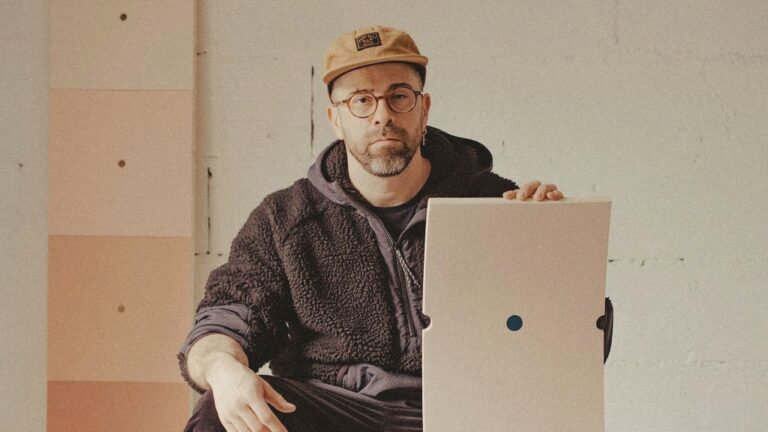
A Conversation with Alejandro Javaloyas
A Studio Visit During the La BIBI Residency
The historical art movement of Minimal Art in the 1950s and 1960s redefined the esthetics of the post-war era. Although the art movement is best known for its abstract sculptures of geometric shapes, often implementing industrial materials or processes, by the likes of Carl Andre, Dan Flavin, Donald Judd, or Sol LeWitt, the importance of painting can not be underestimated.
First and foremost, painting played a crucial role in the development of Minimal Art. Via abstract painting, the pioneers of minimalism implemented radical abstraction on a larger scale in sculpture and eventually with installation. Abstract Expressionism, Post-Painterly Abstraction, or Hard Edge Painting are strongly linked with Minimal Art, with some painters forming a sub-genre of their own: Minimal or Minimalist Painting.
Minimalist painting is a sub-genre in contemporary painting marked by pure abstraction and radical simplicity, which originated in the 1950s – influenced by Abstract Expressionism, Minimal Art, and Conceptual Art – and continues to this day.
The main characteristics of minimalist painting are apparent. First and foremost: less is more. We encounter a highly reduced visual vocabulary, marked by large planes of color or monochrome surfaces. The motives are most often geometrical and radical in their simplicity. Even more, sometimes, there is no motive at all.
Further, the brushstroke seems to be erased in minimal painting, resulting in straight lines, flat surfaces, and a substantial absence of expression. Minimalist painting is calculated, subtle, balanced, and very self-controlled. It is all about putting the right things in the right places.
Recurring motives and strategies with minimalist painting are the use of large color fields, grids, repetition, geometric shapes, optic effects, color theory, monochromes, color grades, and experimentations with the formal qualities of painting – think of altering the shape of the canvas, introducing relief, or using the sides of the painting.
We are happy to present an extensive and reasoned selection of abstract minimalist painters and some of their best works – a perfect visual anthology for creative inspiration and discovering new painting ideas or examples. But first and foremost, it is the most complete online resource on minimalist painting up to this day, presenting the highest-ranked painters within the subgenre.
The top 16 of this list consist of essential minimalist painters and a selection of highly established artists, including a short biography in alphabetical order. As we can only touch briefly on every painter, we have included a hyperlink to a recommended monographic publication for further reading. Next, we complete the top 42 with a visual anthology of 26 established, mid-career, and emerging artists who excel in the genre alphabetically.
Let’s get started with our first artist of our list, Josef Albers.
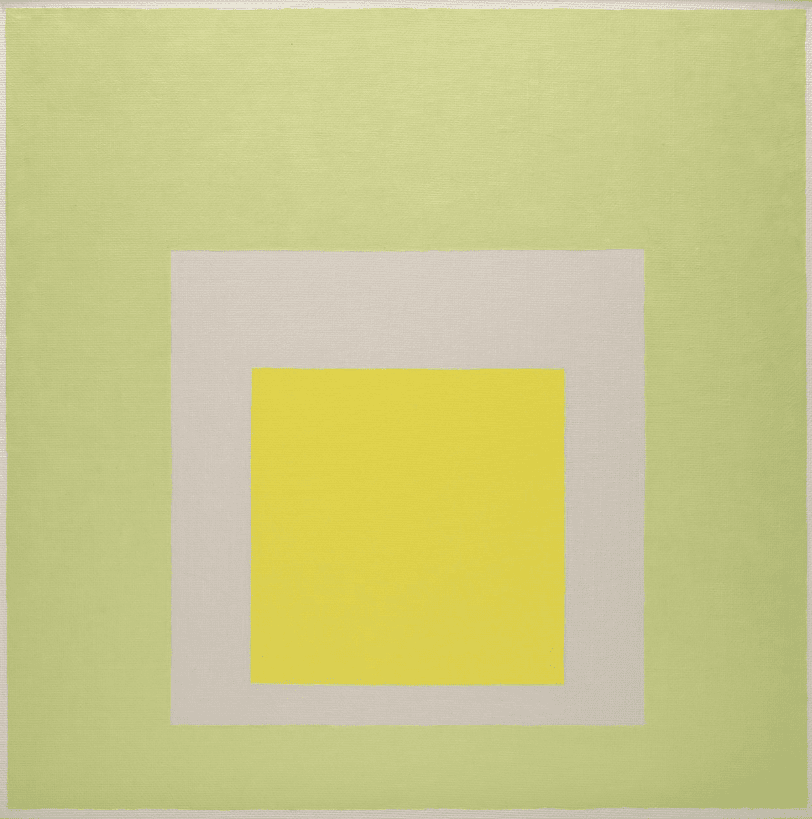
Born in 1888 in Bottrop, Germany, Josef Albers is a legendary painter, internationally lauded for his color theory. He passed away in 1976 in New Haven, Connecticut, the United States of America. Albers is best known for his iconic series titled Homage to the Square. He started the series in 1949 and continued to work on it until his passing in 1976.
Using the minimalist motive of almost concentric squares, Josef Albers examined how the relation, tone, and hue of adjacent colors affect the viewer’s emotions and perceptions. Doing so, The German-born artist, teacher, and theorist are connected to Abstract Expressionism, Hard-Edge Painting, and Geometric Abstraction. However, due to the Minimal character of the motive, Albers’ iconic works can also be described as Minimalist painting.[1]
For further reading on Josef Albers, we highly recommend Anni and Josef Albers: Equal and Unequal.
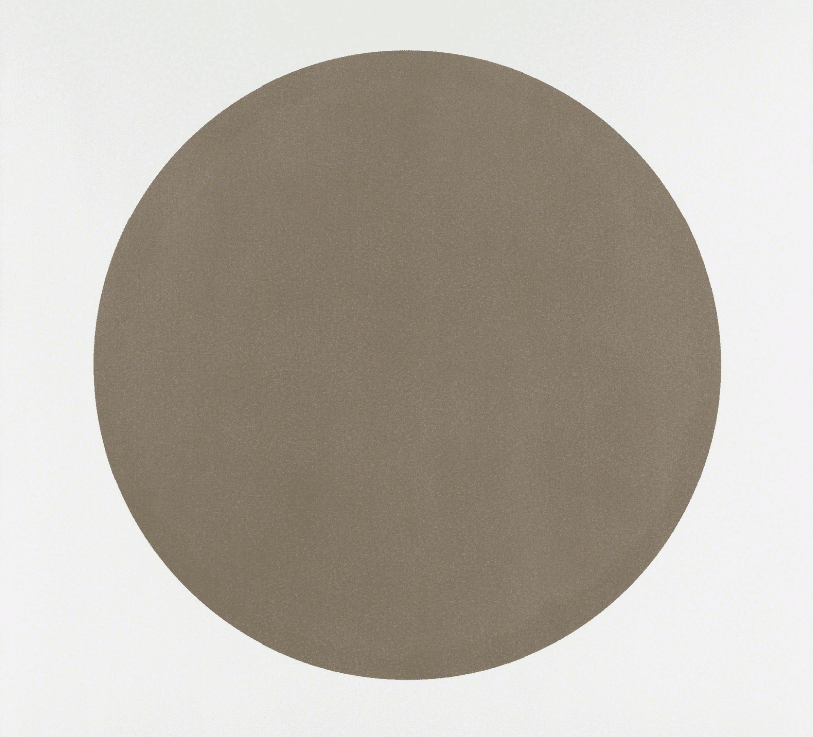
Up next we have none other than John M. Armleder. Born in 1948 in Geneva, Switzerland, the Swiss artist continues to live and work in his hometown and also resides and works in New York, the United States of America. Armleder is, in fact, a multidisciplinary artist, encompassing performance, drawing, sculpture, and contemporary painting.
Although his Furniture Sculpture series kickstarted his career in 1979, the artist is also highly celebrated in the art world for his Pour and Puddle Paintings. These highly expressive works have a counterpart in his more minimal paintings. Large planes of color and various canvas shapes result in a series of serene and calculated paintings by the highly established Swiss artist, illustrating the variety of his oeuvre once more.[2]
For further reading on John M. Armleder, we highly recommend John Armleder: The Grand Tour.
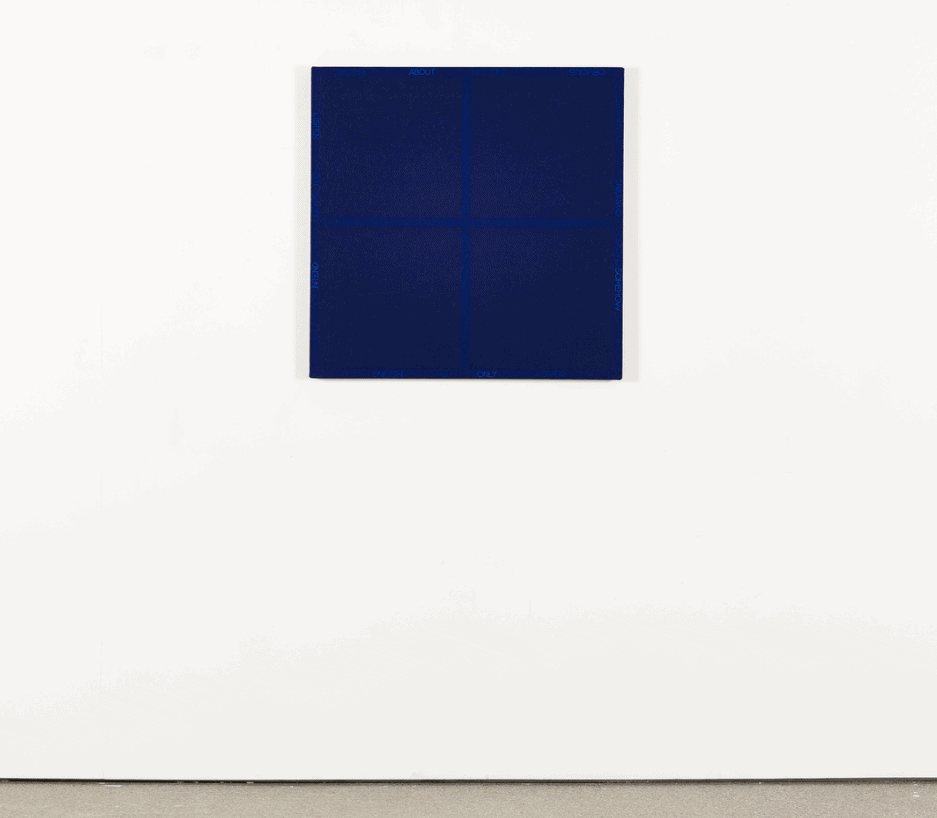
Up next, we encounter the elusive and minimal paintings by Robert Barry. Barry was born in 1936 in the Bronx, New York, and currently resides and works in Teaneck, New Jersey. The American artist is best known as a conceptual artist, internationally lauded for his dematerialized works, questioning the nature of the art object and testing the limits of materiality.
Robert Barry almost aims to create invisible works. Think of his installations and performances, creating non-material artworks using radio waves or light projections. This elusive character and intriguing point of departure form the foundation of his painterly works.[3]
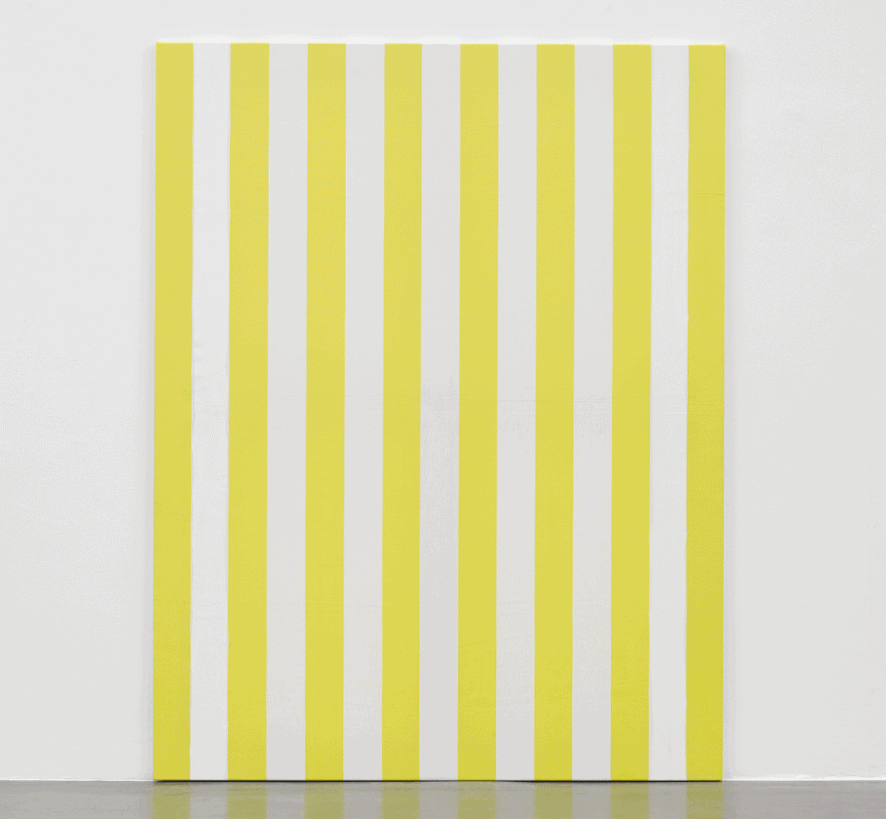
Another conceptual artist producing terrific minimal paintings is the one and only Daniel Buren. Born in 1938 in Boulogne-Billancourt, France, Buren currently lives and works in Paris, or in situ, as his artist bio states. On the crossroad of sculpture, installation, performance, and painting, we encounter the artistic interventions of Daniel Buren with his characteristic vertical stripes.
By a distance of 8.75 cm, the French artist and critic alternate color with white stripes. Daniel Buren works most often in situ – examining the importance of the context and environment of the artwork – but also on canvas, resulting in often very minimal yet recognizable tableaus.[4]
For further reading on Daniel Buren, we strongly recommend Daniel Buren: Underground.
Born in 1899 in Rosario, Argentina, Lucio Fontana is a modern painter who passed away in 1968 in Varese, Italy. The Argentinian-Italian artist is best known for his canvases with cuts, slashes, or punctures, but was also active as a sculptor and installation artist, pioneering the Spatialist art movement.[5]
His iconic paintings are one of the earlier examples of genuine minimal painting. Flat planes of color fill the canvas, with the slashes or punctures being the only motive within his paintings.
For further reading on Lucio Fontana, we highly recommend Fontana by Taschen.
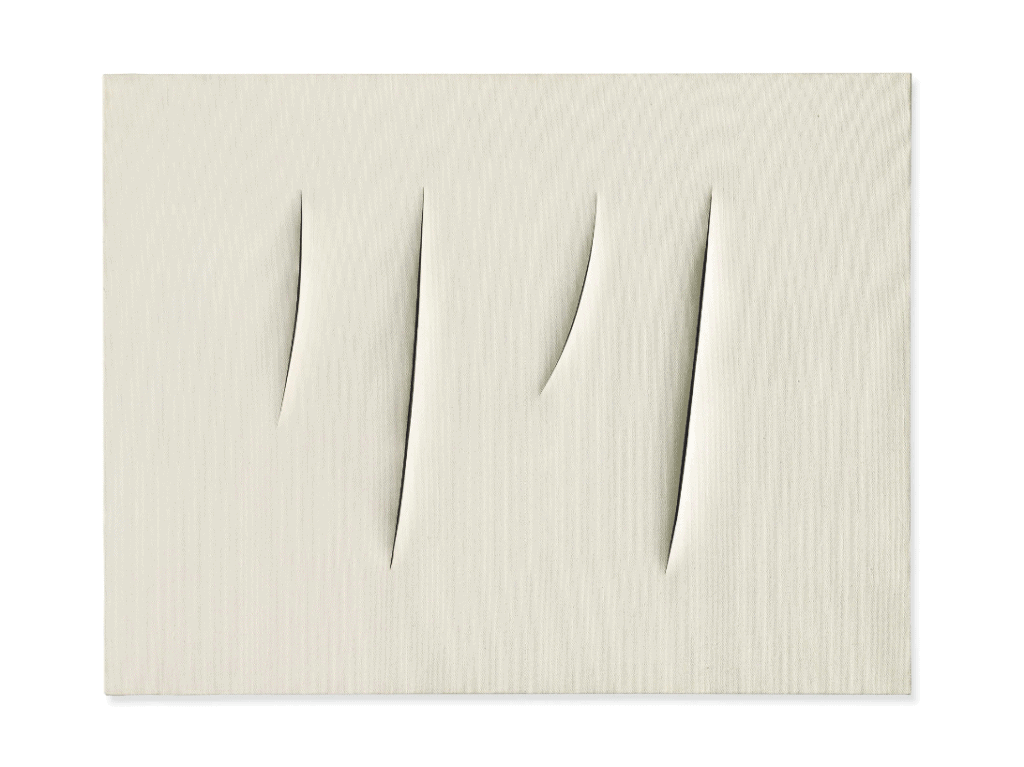
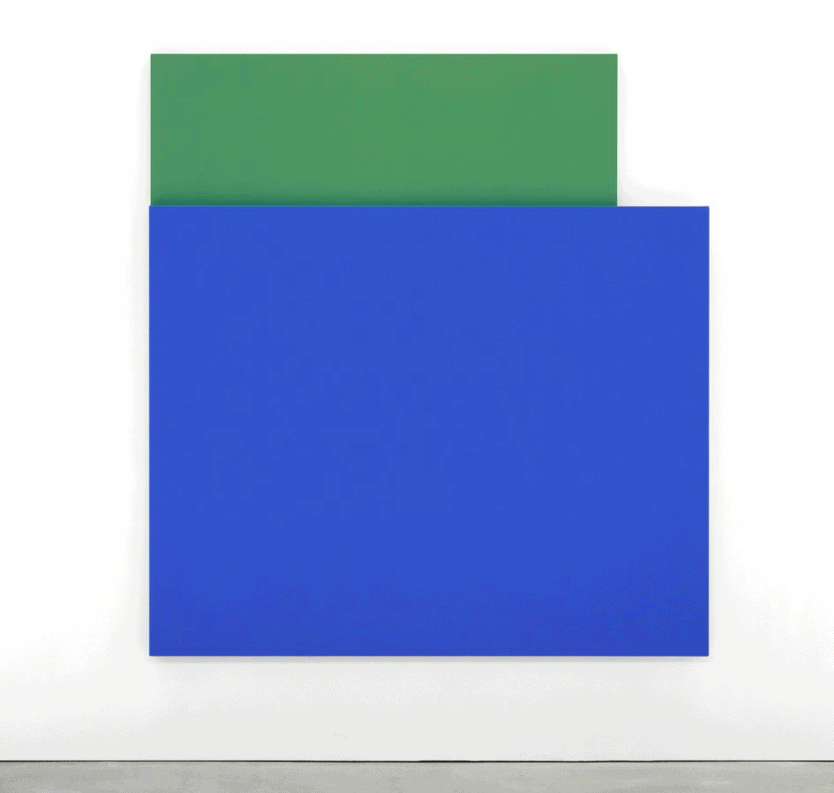
A true master and icon of minimal painting is undoubtedly none other than Ellsworth Kelly. Born in 1923 in Newburgh, New York, and passed away in 2015 in Spencertown, New York, the American artist is best known for exploring pure form, color, and spatial unity.
Associated with Minimal Art, Hard Edge Painting, and Color Field Painting, Kelly’s works are often irregular in shape. With his smooth and flat use of color, Ellsworth Kelly distinguishes himself from the gestural abstraction and expressive tradition of American abstract painting.
For further reading on Ellsworth Kelly, we highly recommend Ellsworth Kelly by Phaidon.
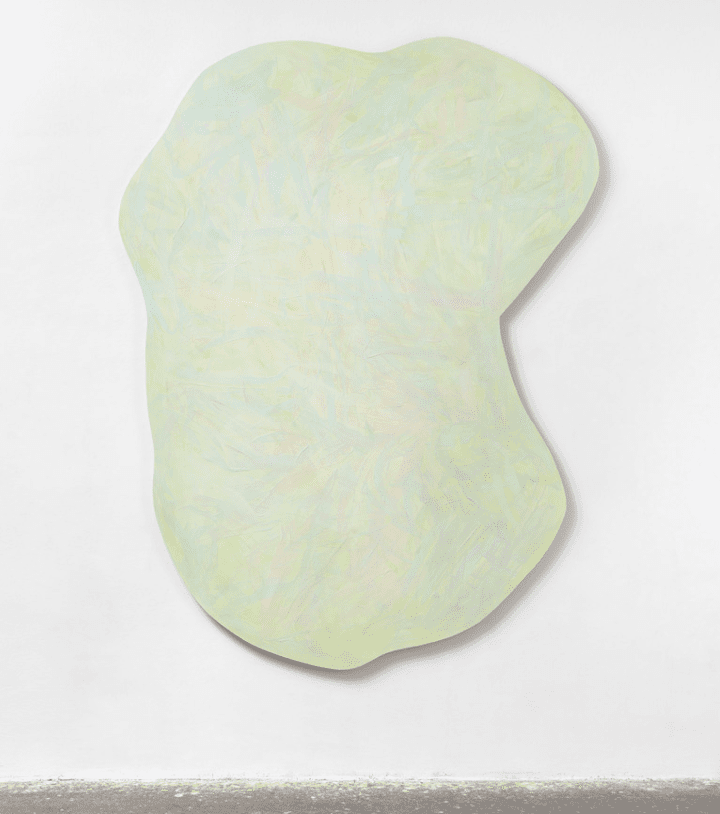
One of the most famous painters today, Imi Knoebel was born in 1940 in Dessau, Germany, and currently resides and works in Düsseldorf. Besides painting, Imi Knoebel is also occupied with drawing, sculpture, installation, and photography.
With his paintings, we encounter several of the main characteristics and motives of minimalist painting (cf. supra). He uses a rigorous and calculated approach to painting. With some work, he places thick and thin vertical lines at variable distances. In contrast, with other works, he implements no motive, experimenting with color and expansive painting, altering the shape of the canvas, or combining multiple canvases for a single painting.[7]
For further reading on Imi Knoebel, we highly recommend Imi Knoebel: Works 1966-2006.
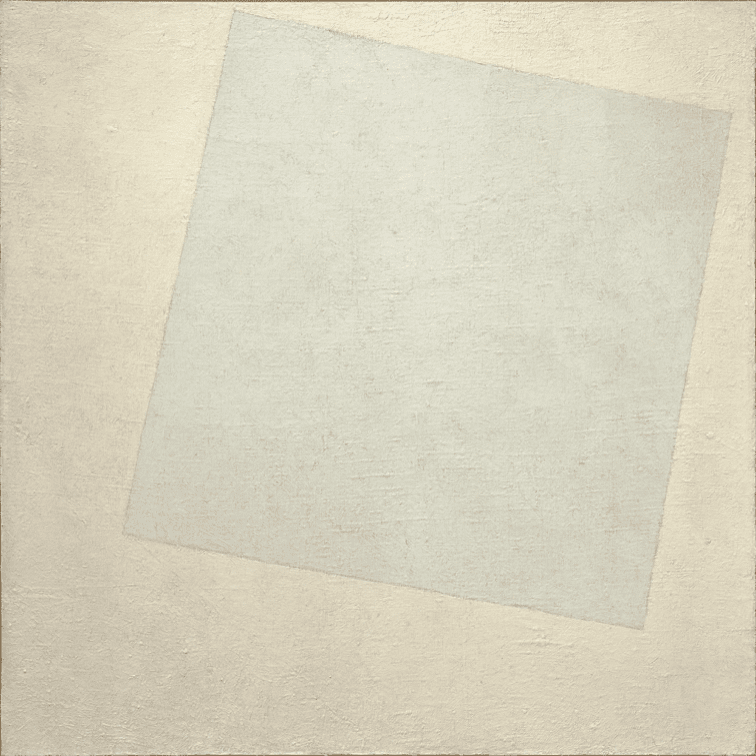
Arguably the earliest minimal painter, Suprematist painter Kazimir Malevich was born in 1879 in Kyiv, Ukraine, and passed away in 1935 in Saint-Petersburg, Russia. The avant-garde artist and art theorist pioneered abstract art at the start of the 20th century with his concept of Suprematism, introducing the eponymous art movement, in which he strived for the supremacy of feeling and spirituality by using natural forms.[8]
The two most iconic and earliest minimal paintings are arguably Malevich’s Black Square, but also Suprematist Composition: White on White from 1918, painting just a white square on a white canvas (see image above).
For further reading on Kazimir Malevich, we highly recommend Malevich by Taschen.
Moving on, we encounter the works of the Minimal artist Robert Mangold. Born in 1937 in New York, the United States of America, Mangold is one of the few historical Minimal artists primarily occupied with painting.
Mangold was convinced of the new possibilities of painting when painting was proclaimed dead. He takes on the medium not only as a surface but also as a form. Doing so, his surface remained flat, emphasizing the importance of the two-dimensional character of the painting.[9]
For further on Robert Mangold, we strongly recommend Mangold by Phaidon.

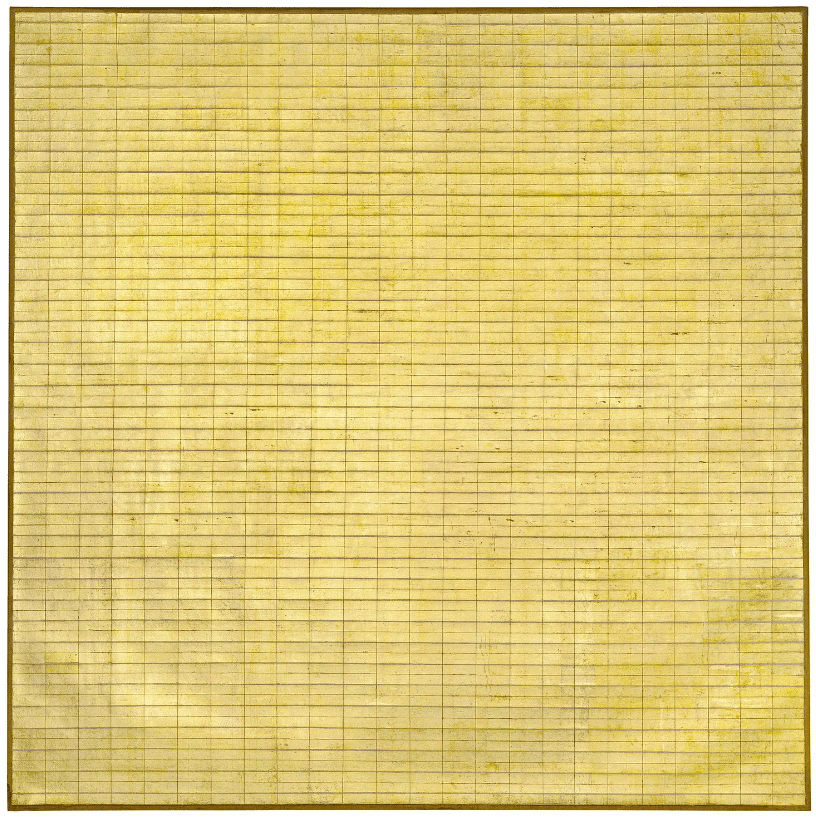
Arguably one of the most iconic female artists of the contemporary era, Agnes Martin is a Minimal artist, born in 1912 in Maklin, Canada, and passed away in 2004 in Toas, the United States of America.
Strongly associated with Abstract Expressionism and Minimal Art, Martin’s internationally lauded oeuvre is marked by her radical, minimalist, and consistent approach to painting. She examined the possibilities of geometrical structures, resulting in her iconic grid-paintings, blocks, and strongly reduced palette examining the monochrome in painting.[10]
For further reading on Agnes Martin, we strongly recommend Agnes Martin: Her Life and Art.
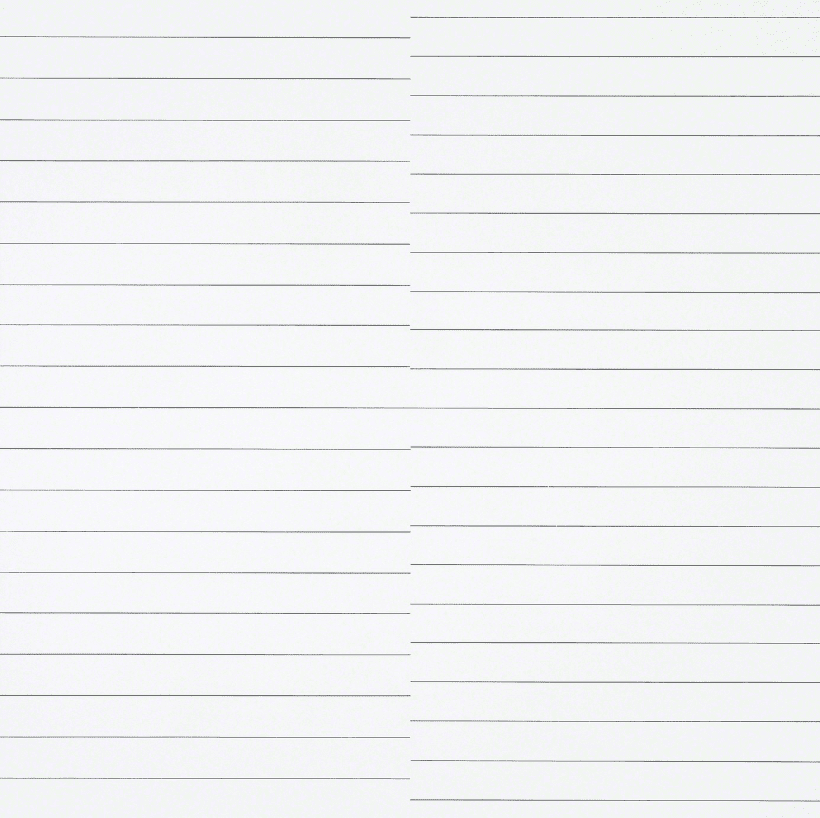
With François Morellet, we have a true Op Artist on our list of minimal painters. Born in 1926 and passed away in 2016 in Cholet, France, Morellet was a contemporary artist working in painting, sculpture, neon, and installation.
Whereas other Op Artists – think of Bridget Riley, Victor Vasarely, or Jesus Rafael Soto – often use dashy colors and are in search of dazzling movement in the optic effects, François Morellet often preferred a more minimalist aesthetic. Grids and systematic patterns are characteristic of the French artist, resulting in minimalist paintings with intriguing yet subtle optical effects.[11]
For further reading on François Morellet, we highly recommend Morellet by the Dia Art Foundation.
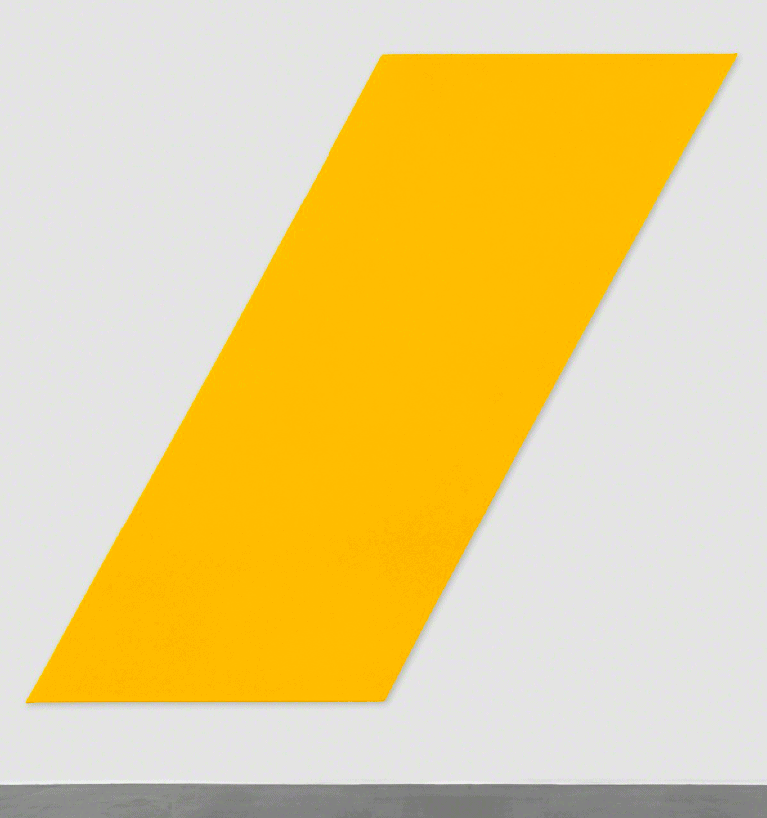
Born in 1944 in Bern, Switzerland, Olivier Mosset is a contemporary painter living and working between New York and Tuscon, Arizona. His highly-rated body of works results from an ongoing pursuit of formal rigor and the physical roots of painting.
Paradoxically, Mosset’s works simultaneously discuss and reject the dialectical history of painting. His works are often described as conceptual abstraction, representing pure color and shape, resulting in open-ended (physical) experiences of painting’s inherent qualities such as surface, scale, and pattern.[12]
For further reading on Olivier Mosset, we highly recommend Olivier Mosset: Retrospective.
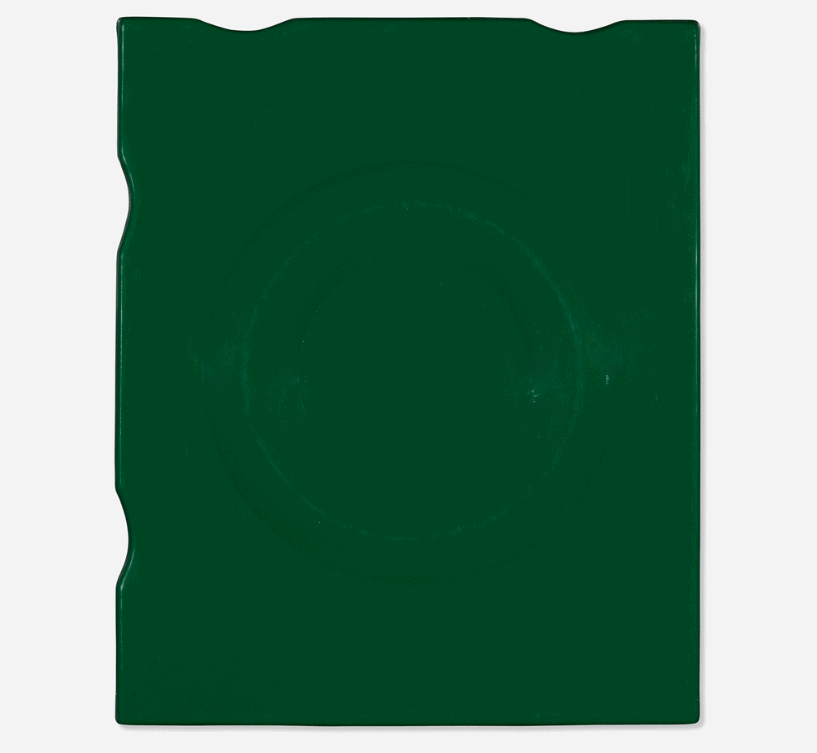
Moving on, we encounter another pioneer of the historical art movement of Minimal Art, Robert Morris. Born in Kansas City in 1931 and passed away in 2018 in Kingston, New York, the American artist is known for pioneering not only Minimal Art but also Process Art and Land Art, encompassing dance performance, sculpture, earthworks, drawing, film, photography, installation, collage, theoretical essays, and last but not least, painting.
In fact, his career started with painting influenced by Abstract Expressionism. Frustrated by the dead-end he seemed to be facing in painting; Morris turned to minimalist sculpture and other media before returning to painting, resulting in his unique, minimalist paintings, often mechanically produced.[13]
For further reading, we strongly recommend Robert Morris: Object Sculpture, 1960-1965.
One of the most important art movements for minimalist painting is, without any doubt, Color Field Painting. Born in 1924 in Asheville, North Carolina, and passed away in 2010 in Port Clyde, Saint George, Main, the American artist Kenneth Noland pioneered Color Field Painting alongside Ellsworth Kelly, Morris Louis, and Sam Gilliam.
As with the aforementioned Ellsworth Kelly, Noland often uses shaped canvases and a radical simplicity in his selected motives or patterns. He conducts more conceptual experiments with the aspects of the medium, encompassing color, form, and composition.[14]
For further reading on Kenneth Noland, we highly recommend Kenneth Noland: A Retrospective.
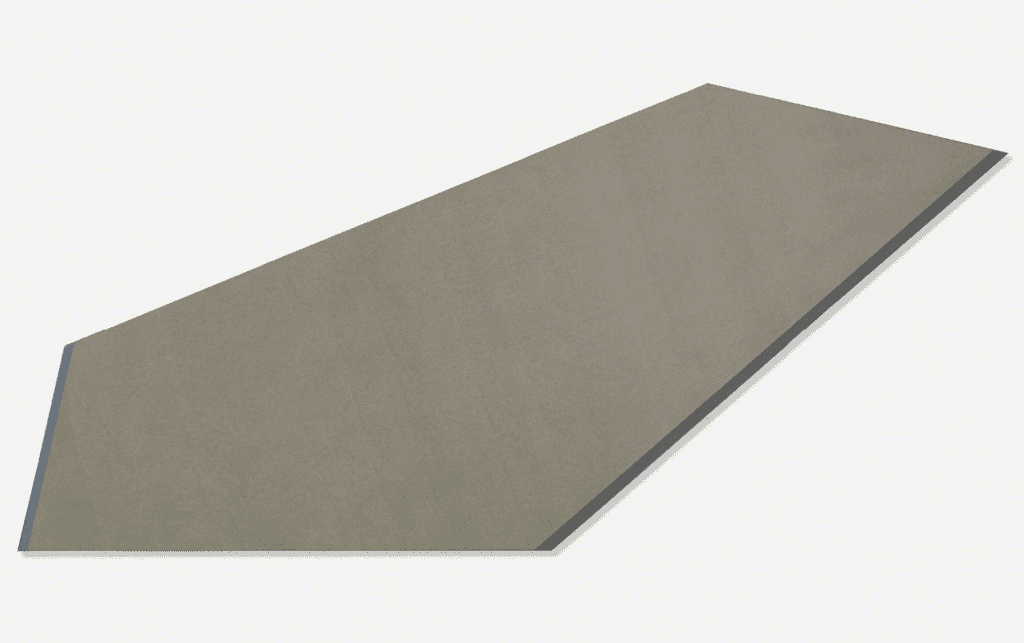
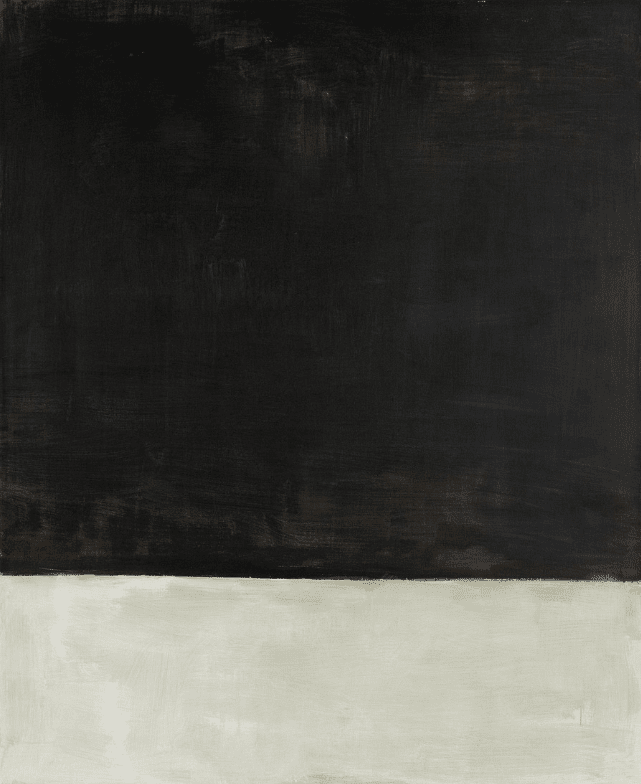
Up next, we have one of the most important artists in the world, none other than Mark Rothko. Born in 1903 in Daugavpils, Latvia, and passed away in 1970 in New York City, Mark Rothko is a Latvian-American artist who rose to fame with his characteristic color field paintings from the 1950s and 1960s. As a result, it is no surprise to see Mark Rothko’s painting sell for record-breaking prices at auction.
Although Rothko’s paintings are less minimal than his colleagues from this list due to the presence of his brushstrokes and often vibrating use of color, he’s arguably the most influential artist of this survey when it comes to the further development of minimalist painting.[15]
For further reading on Mark Rothko, we highly recommend Mark Rothko: The Works on Canvas.
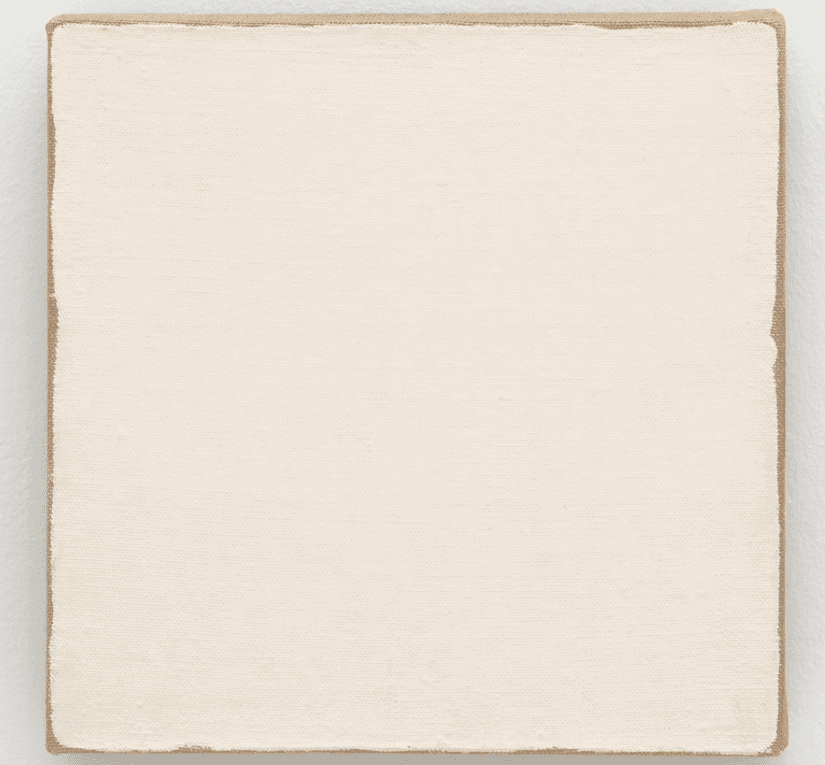
We conclude the top section of our selection of artists with none other than Robert Ryman. Born in 1930 in Nashville and passed away in 2019 in New York City, the American artist dedicated his life to the art of painting since the 1950s.
Influenced by Abstract Expressionism and Minimal Art, Ryman focuses on how you paint instead of what you paint. In doing so, he emphasizes the importance of the selected materials, how the paint is applied, the brushwork, the emergence of texture within the paint, and even the chosen surface.[16]
For further reading on Robert Ryman, we strongly recommend Robert Ryman.
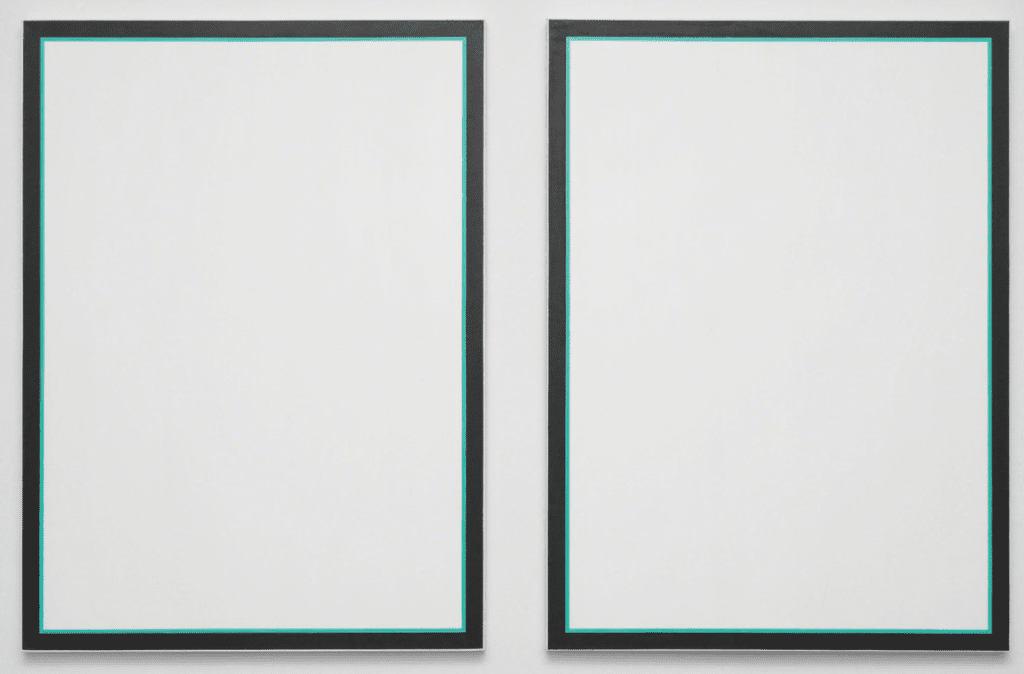
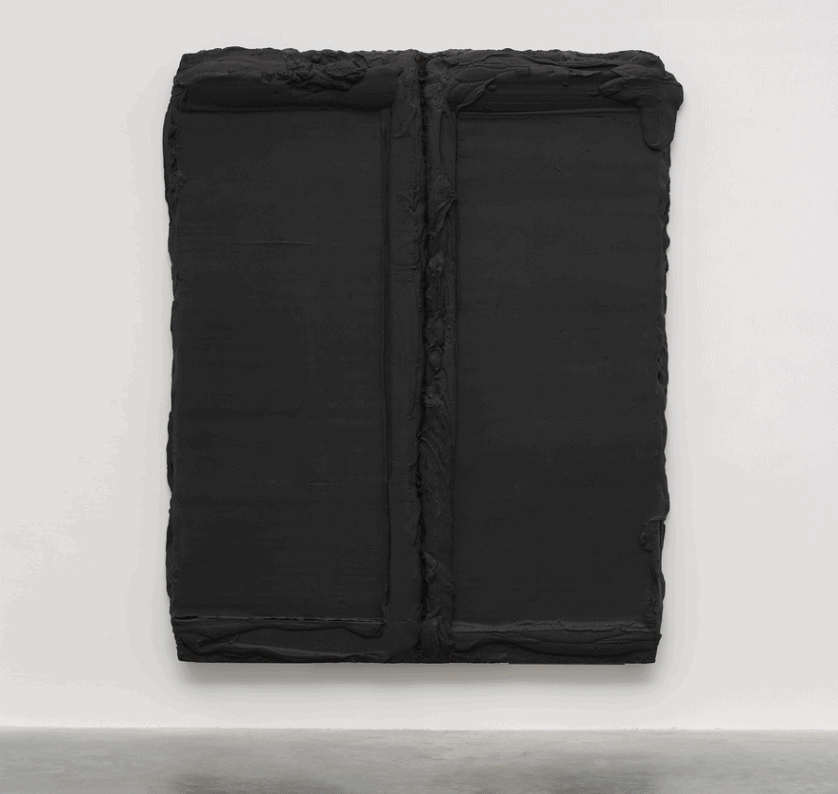
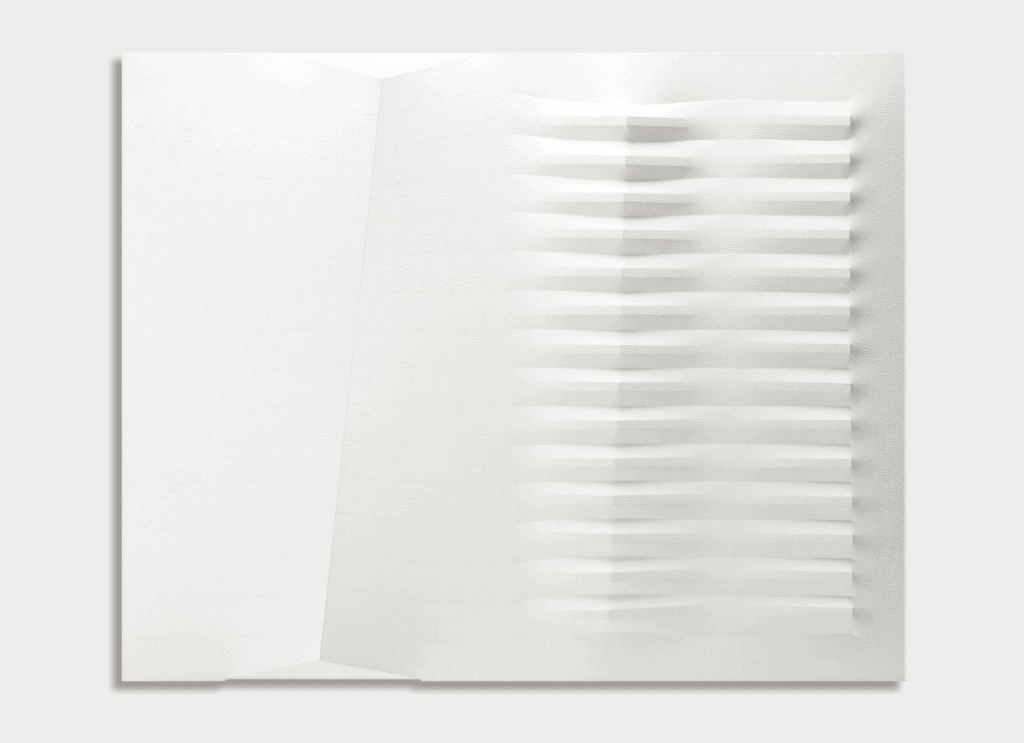
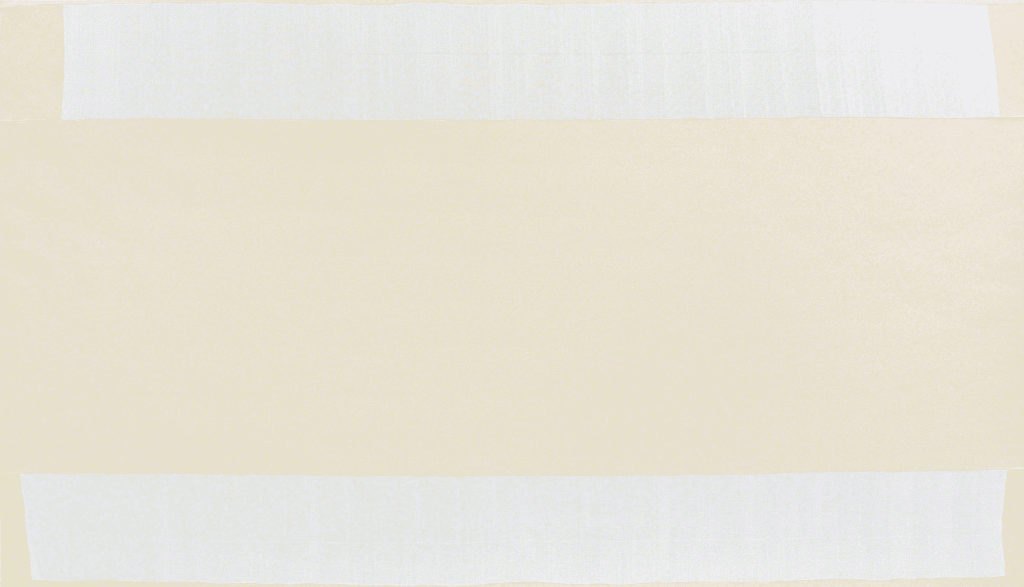
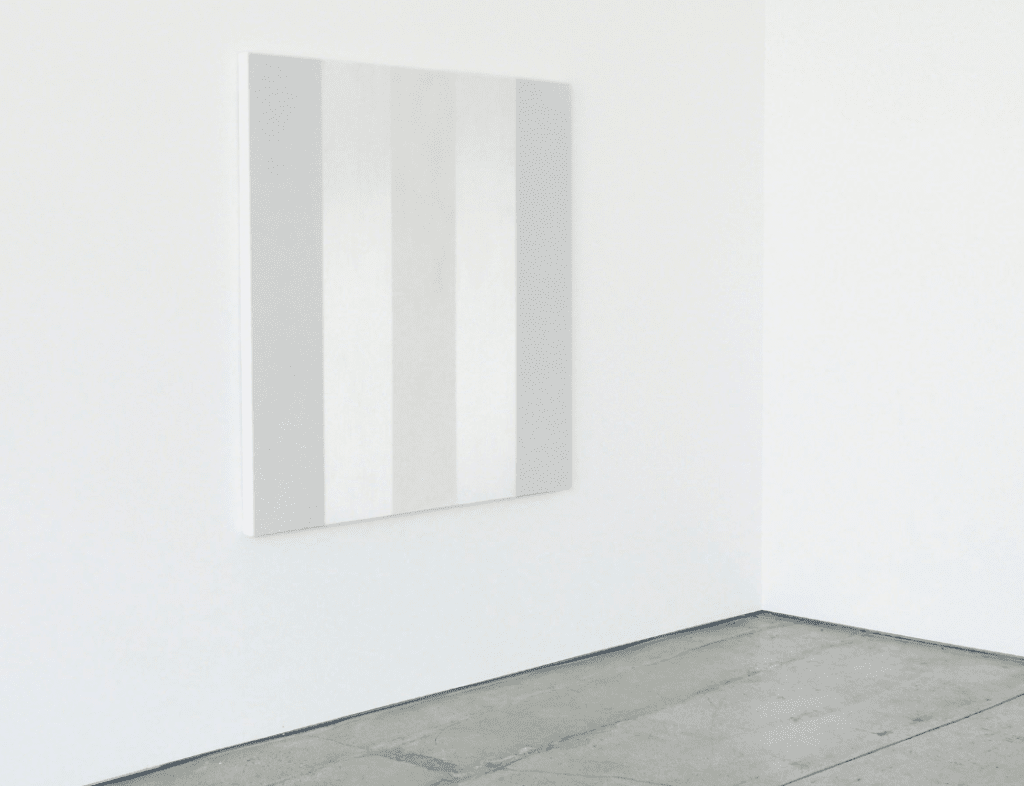
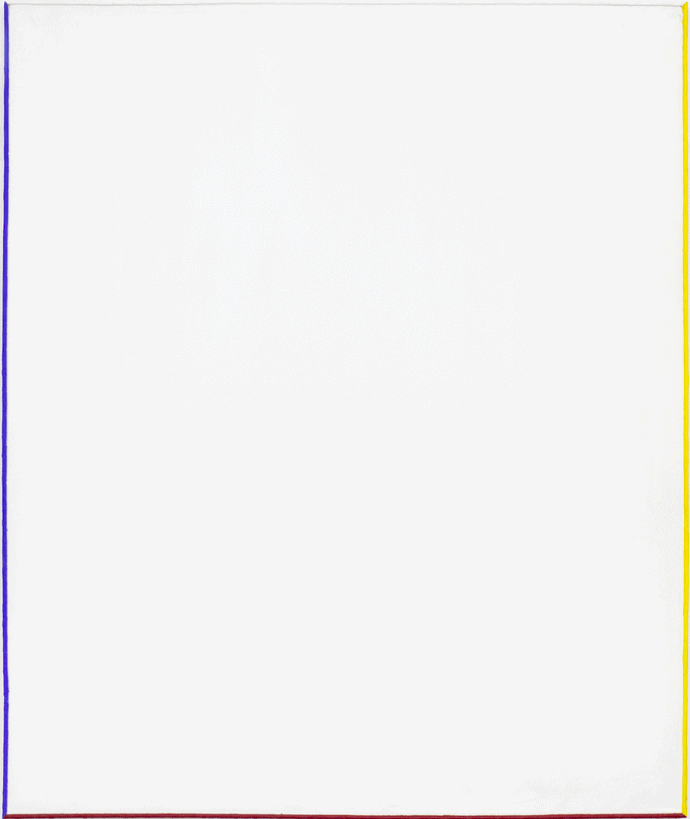
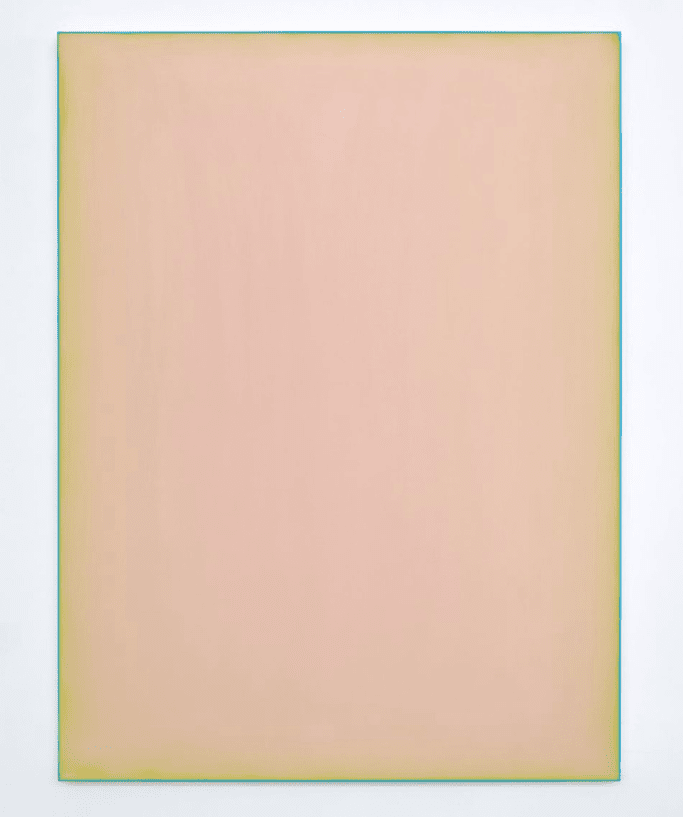
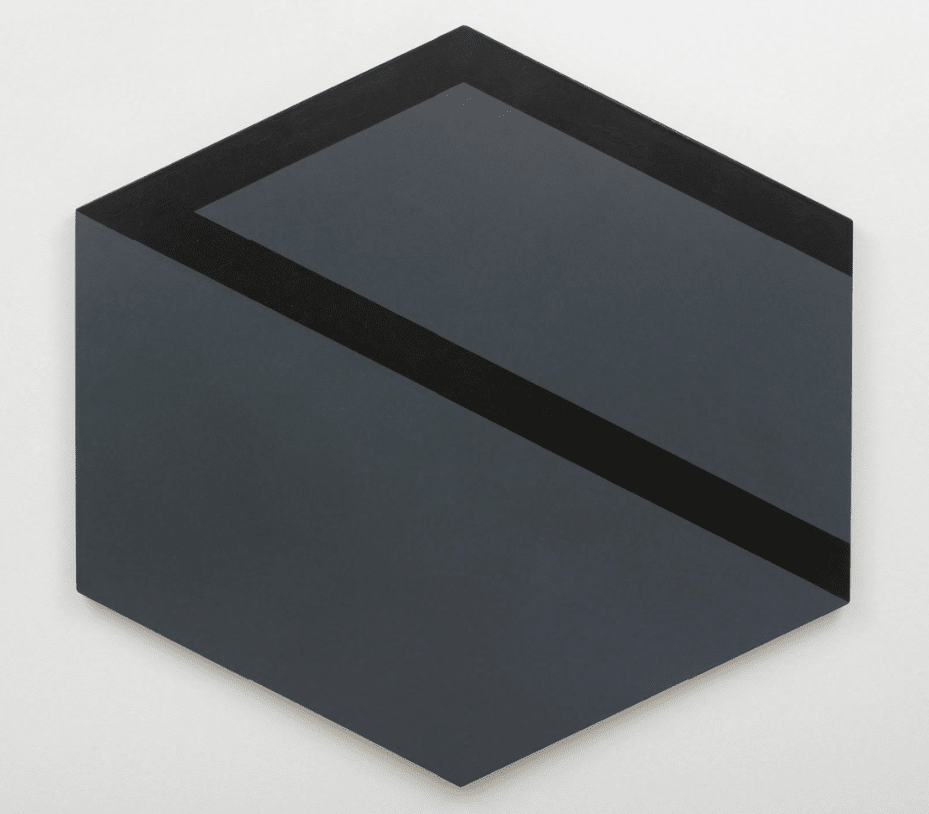
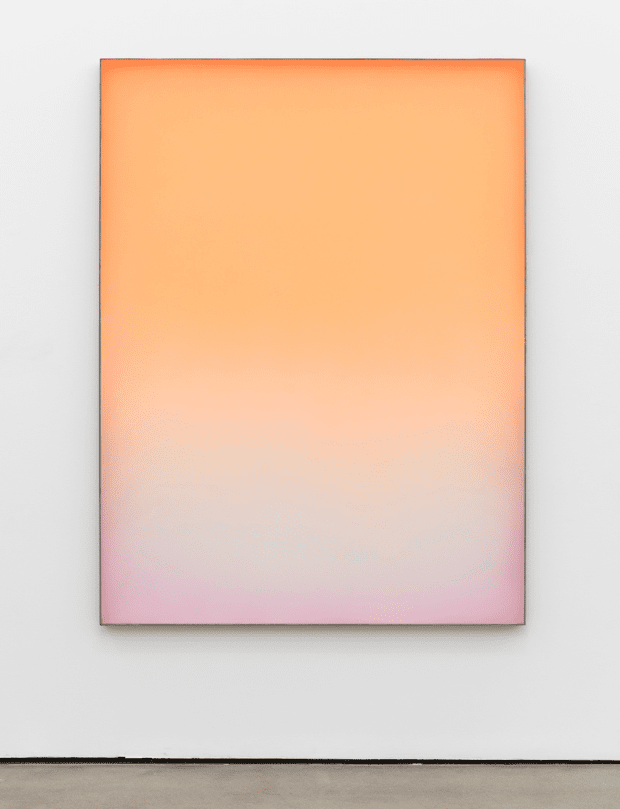
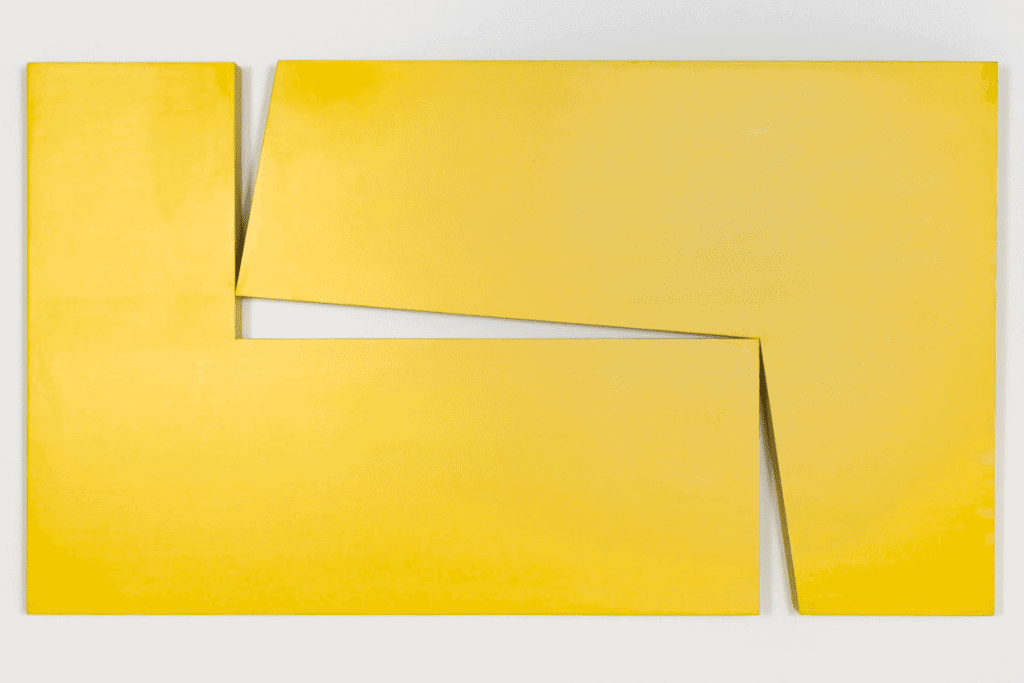
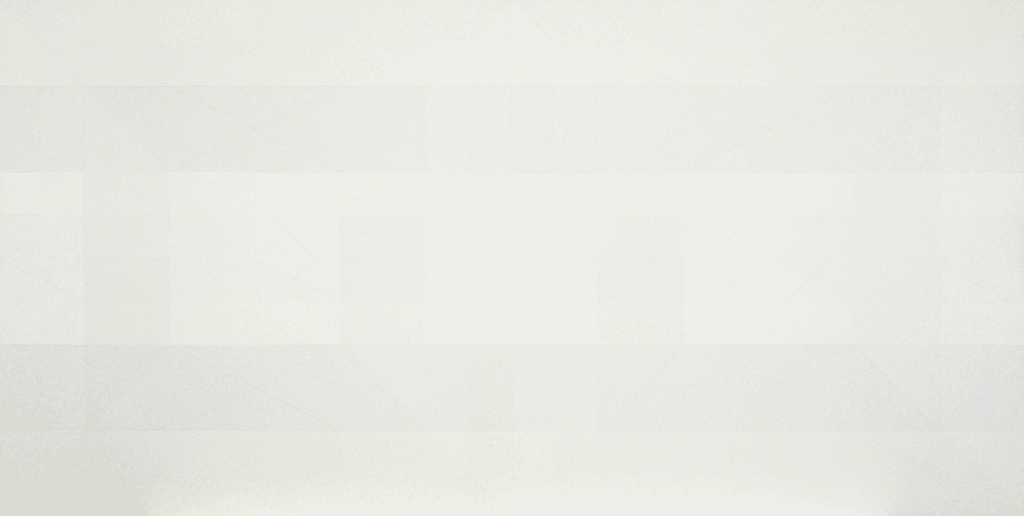
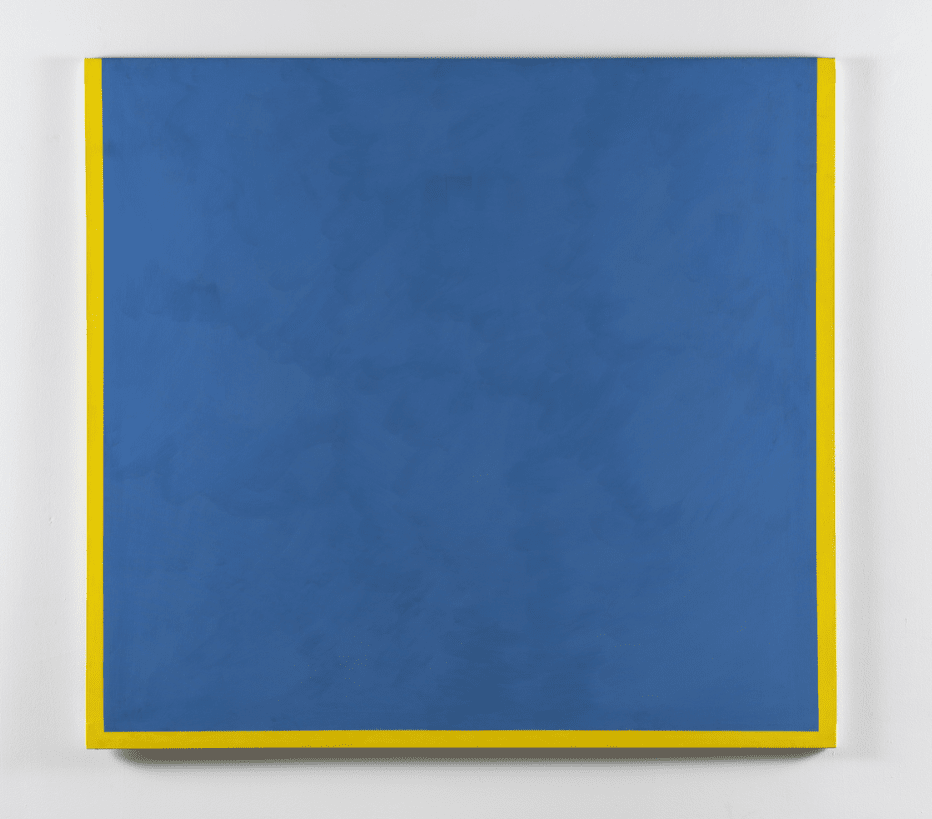
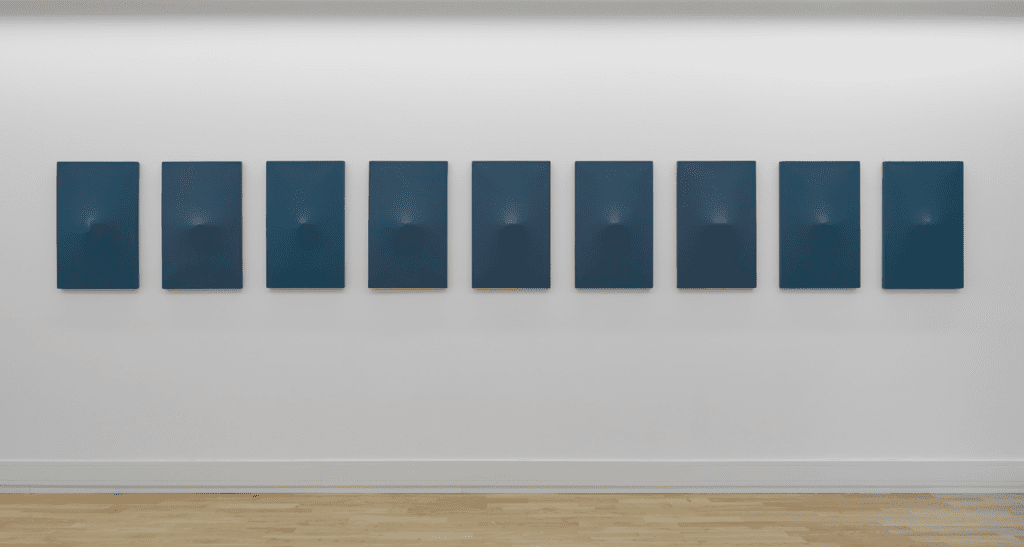
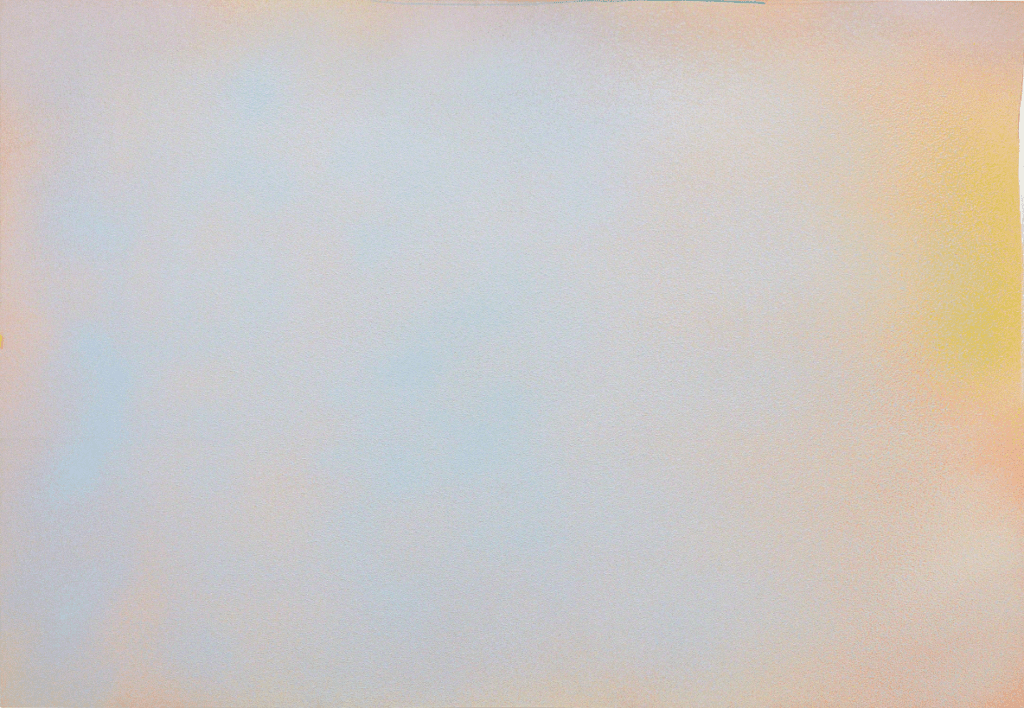
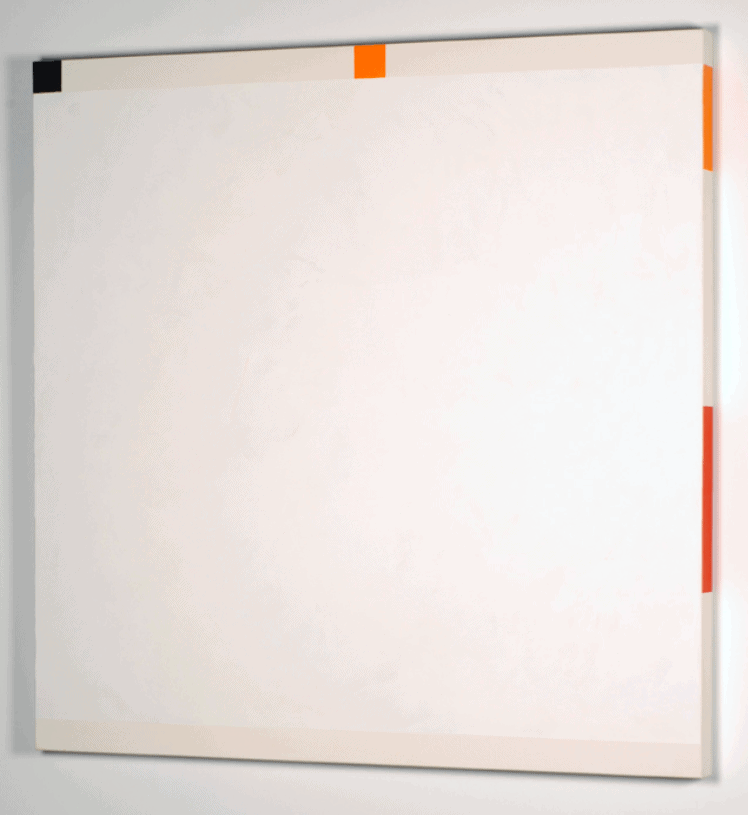
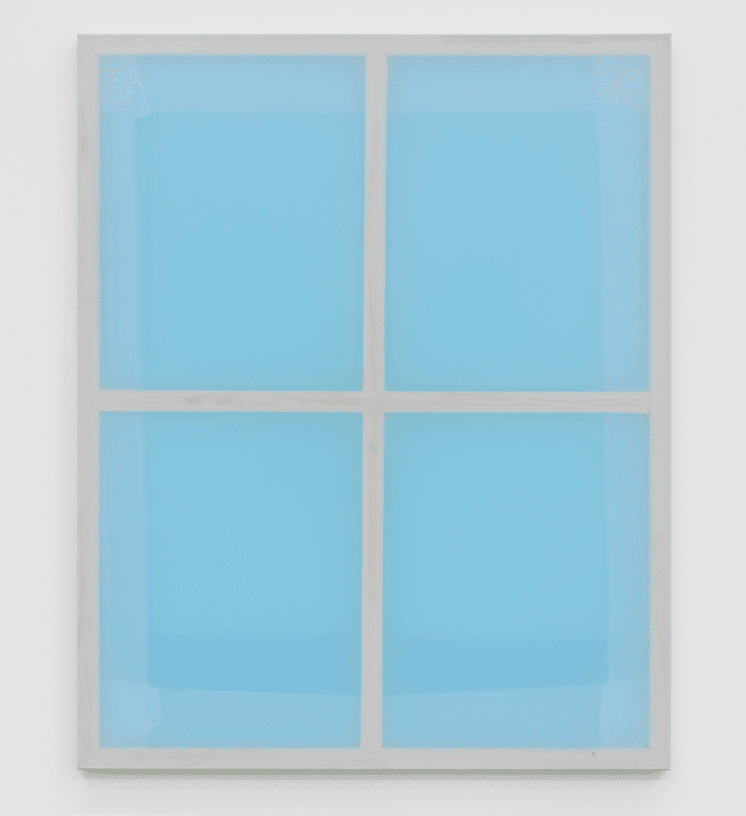
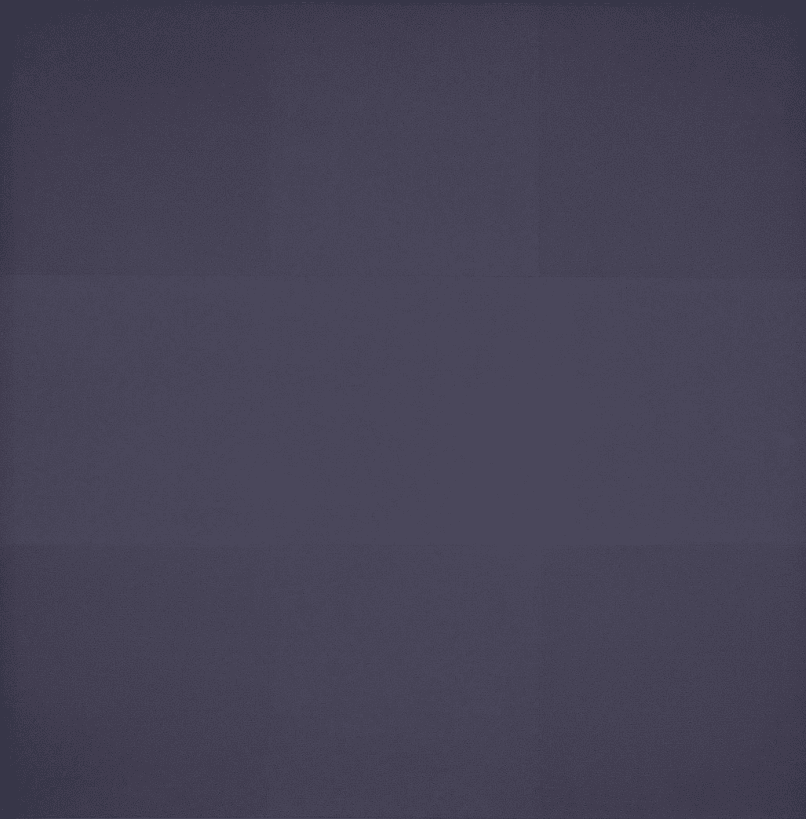
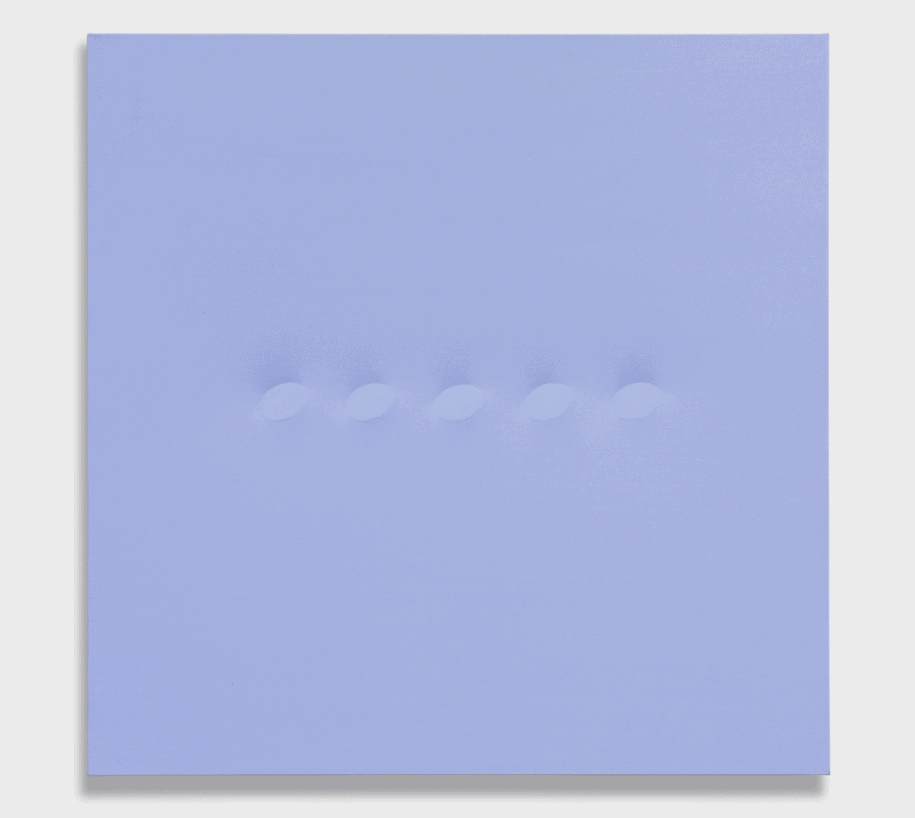
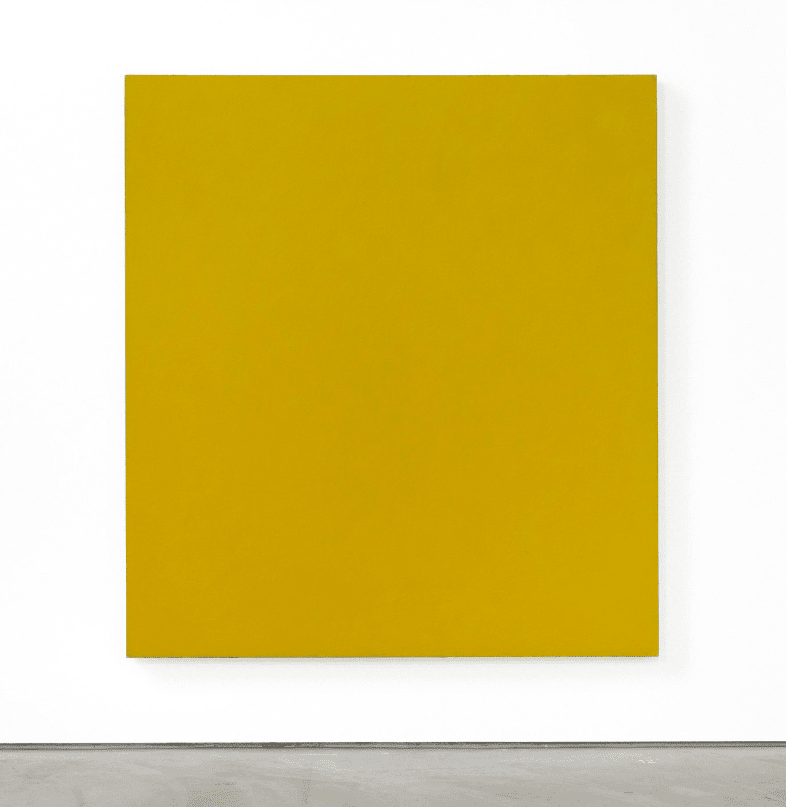
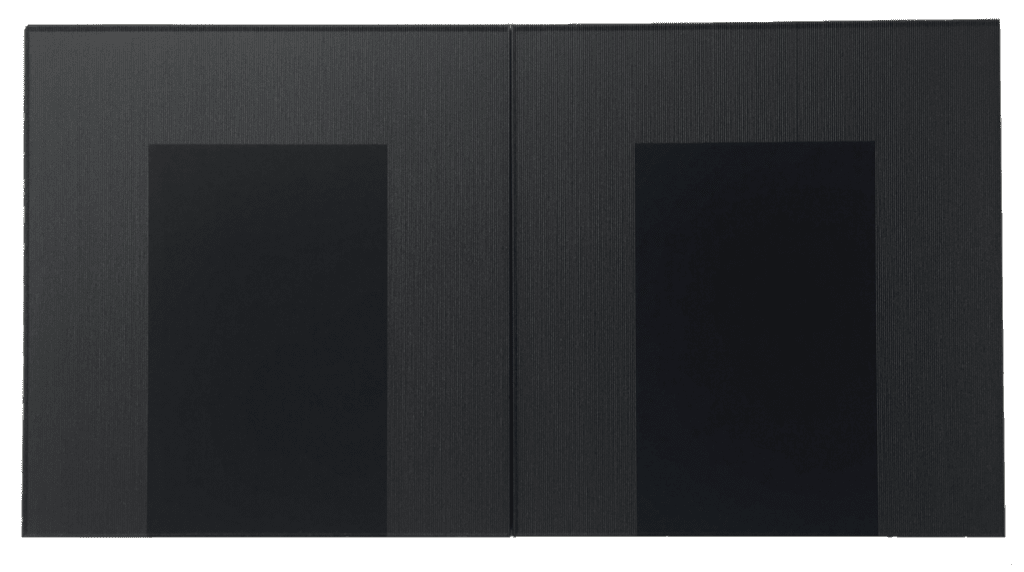
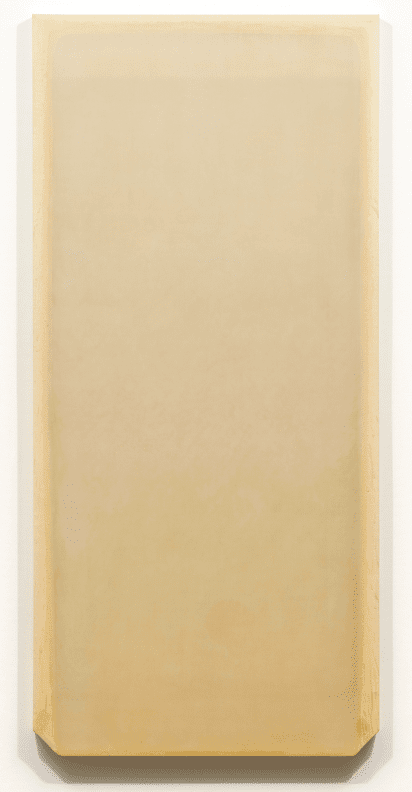
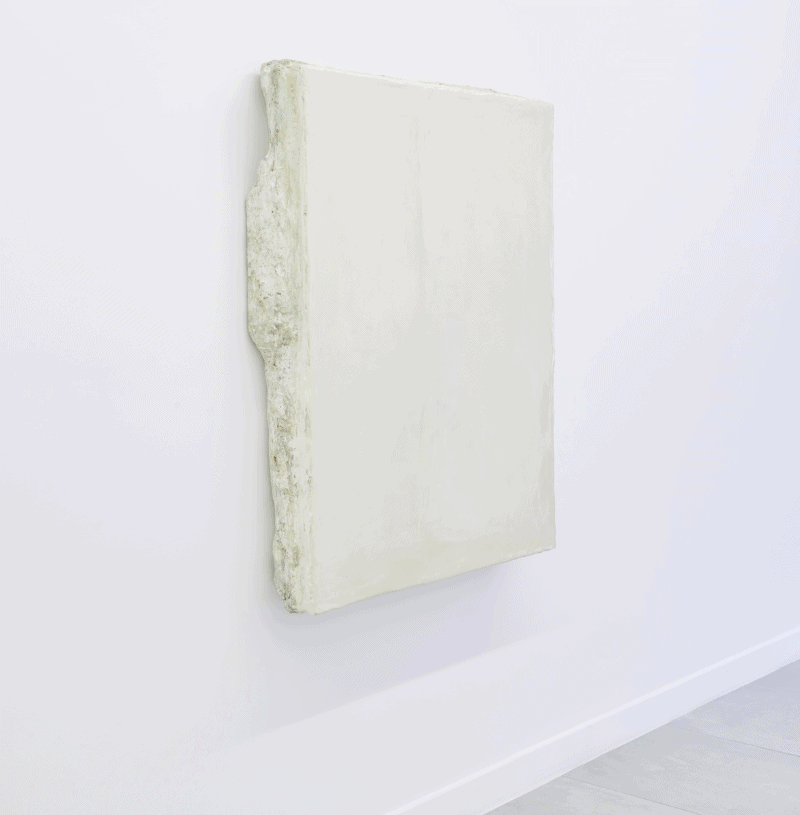
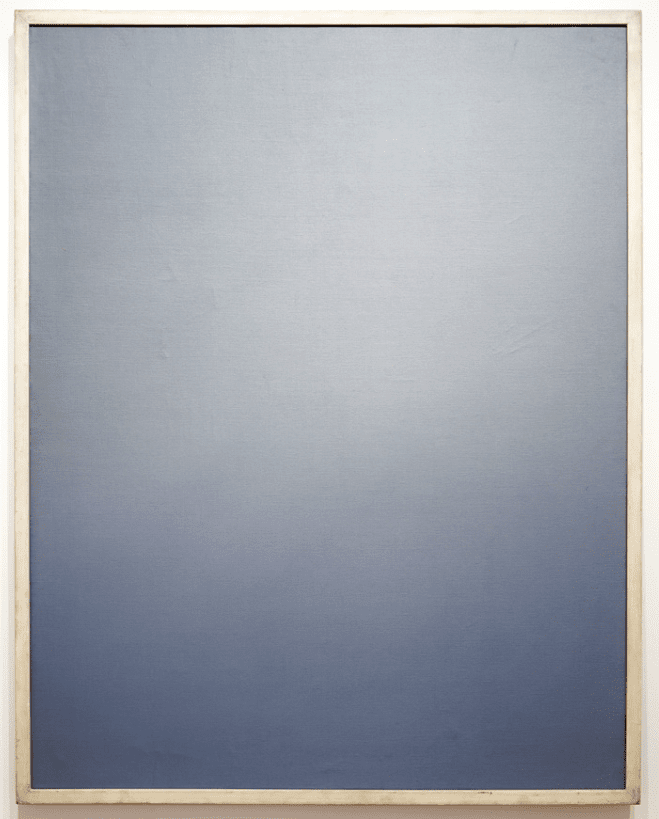
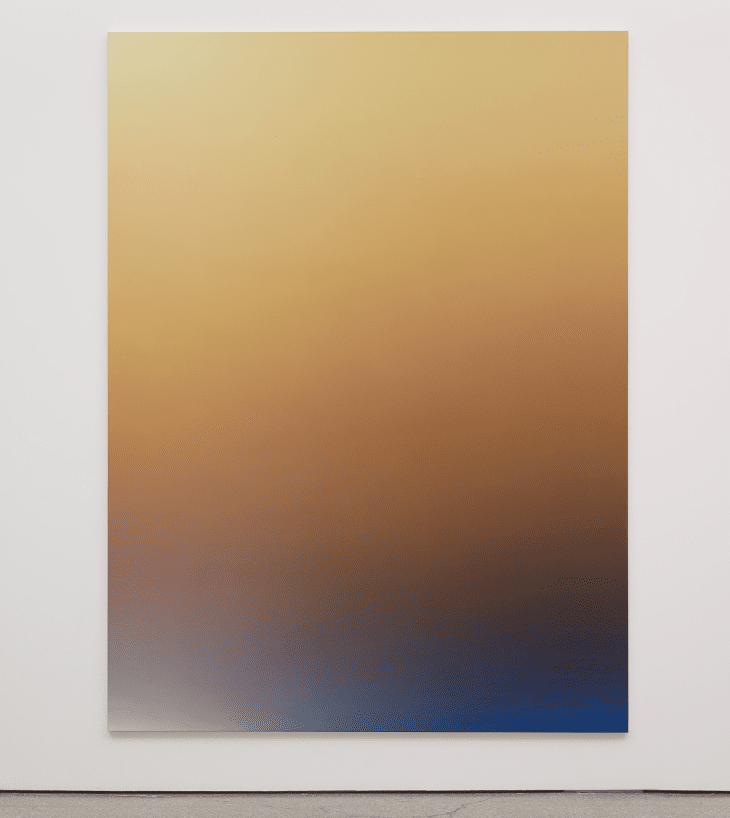
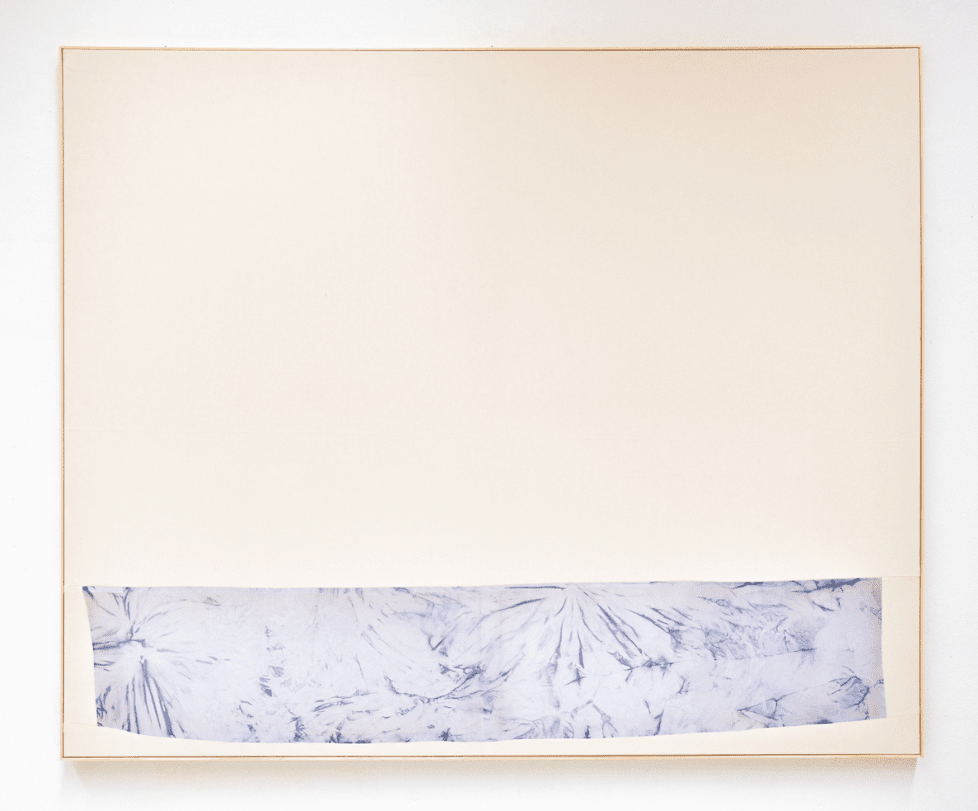
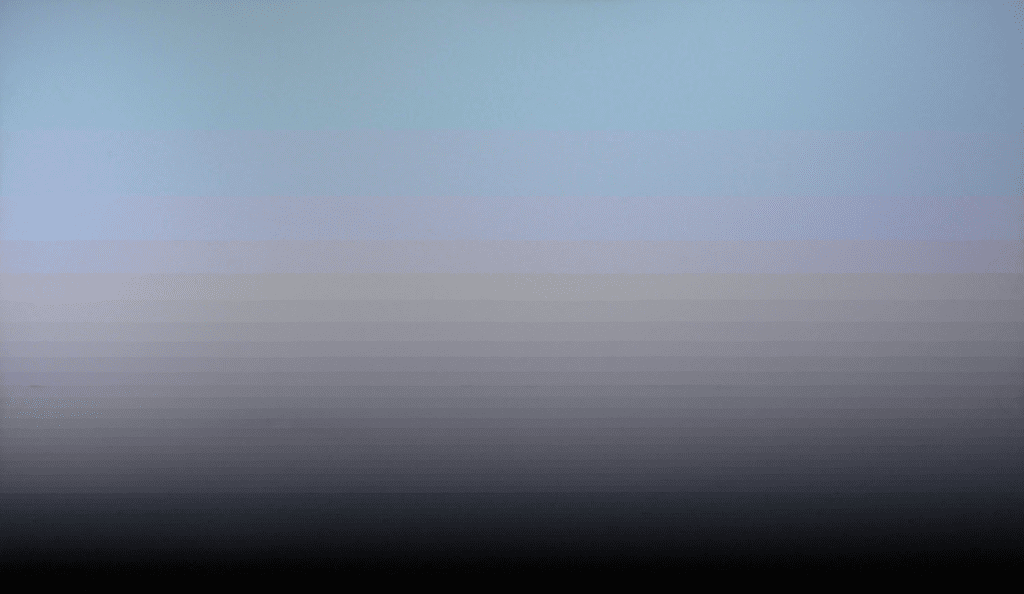
Notes:
[1] Artsy, Joseph Albers at https://www.artsy.net/artist/josef-albers consulted 8/02/2022.
[2] Almine Rech Gallery, John M Armleder at https://www.alminerech.com/artists/237-john-m-armleder consulted 8/02/2022.
[3] Galerie Greta Meert, Robert Barry at http://galeriegretameert.com/artists/robert-barry/ consulted 8/02/2022.
[4] Lisson Gallery, Daniel Buren at https://www.lissongallery.com/artists/daniel-buren consulted 8/02/2022.
[5] Artsy, Lucio Fontana at https://www.artsy.net/artist/lucio-fontana consulted 8/02/2022.
[6]
[7] White Cube, Imi Knoebel at https://whitecube.com/artists/artist/imi_knoebel consulted 23/03/2021.
[8] Tate, Kazimir Malevich 1879–1935 https://www.tate.org.uk/art/artists/kazimir-malevich-1561 consulted 8/02/2022.
[9] Pace Gallery, Robert Mangold at https://www.pacegallery.com/artists/robert-mangold/ consulted 8/02/2022.
[10] Julien Delagrange, Top 17(+6) Female Artists of the Contemporary Era consulted 8/02/2022.
[11] Artsy, François Morellet at https://www.artsy.net/artist/francois-morellet consulted 8/02/2022.
[12] Gagosian, Olivier Mosset at https://gagosian.com/artists/olivier-mosset/ consulted 8/02/2022.
[13] Sprüth Magers, Robert Morris at https://spruethmagers.com/artists/robert-morris/ consulted 8/02/2022.
[14] Artsy, Kenneth Noland at https://www.artsy.net/artist/kenneth-noland consulted 8/02/2022.
[15] MoMA, Mark Rothko at https://www.moma.org/artists/5047 consulted 8/02/2022.
[16] Xavier Hufkens, Robert Ryman at https://www.xavierhufkens.com/artists/robert-ryman consulted 8/02/2022.
Last Updated on August 1, 2023

A Studio Visit During the La BIBI Residency
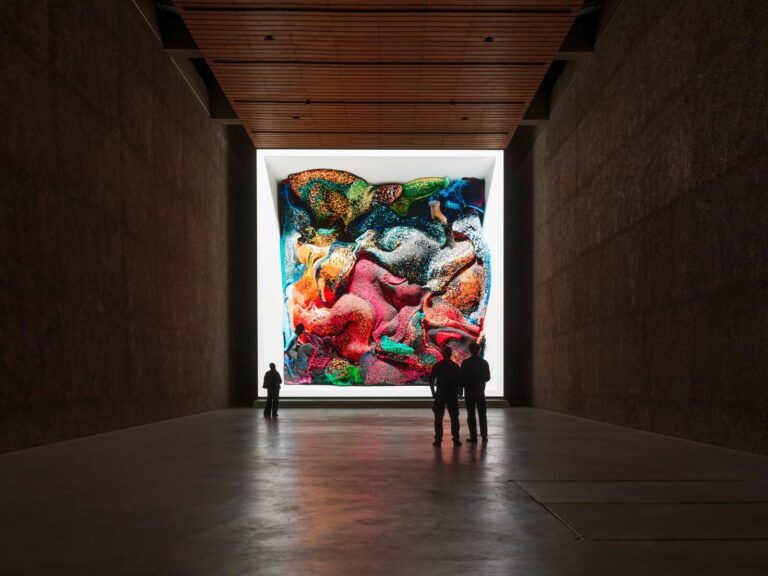
A Reasoned Anthology